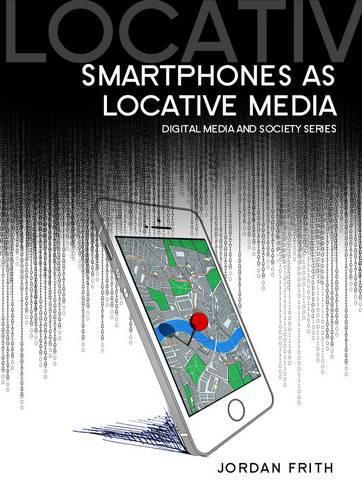Readings Newsletter
Become a Readings Member to make your shopping experience even easier.
Sign in or sign up for free!
You’re not far away from qualifying for FREE standard shipping within Australia
You’ve qualified for FREE standard shipping within Australia
The cart is loading…






Smartphone adoption has surpassed 50% of the population in more than 15 countries, and there are now more than one million mobile applications people can download to their phones. Many of these applications take advantage of smartphones as locative media, which is what allows smartphones to be located in physical space. Applications that take advantage of people’s location are called location-based services, and they are the focus of this book.
Smartphones as locative media raise important questions about how we understand the complicated relationship between the Internet and physical space. This book addresses these questions through an interdisciplinary theoretical framework and a detailed analysis of how various popular mobile applications including Google Maps, Facebook, Instagram, Yelp, and Foursquare use people’s location to provide information about their surrounding space.
The topics explored in this book are essential reading for anyone interested in how smartphones and location-based services have begun to impact the ways we navigate and engage with the physical world.
$9.00 standard shipping within Australia
FREE standard shipping within Australia for orders over $100.00
Express & International shipping calculated at checkout
Smartphone adoption has surpassed 50% of the population in more than 15 countries, and there are now more than one million mobile applications people can download to their phones. Many of these applications take advantage of smartphones as locative media, which is what allows smartphones to be located in physical space. Applications that take advantage of people’s location are called location-based services, and they are the focus of this book.
Smartphones as locative media raise important questions about how we understand the complicated relationship between the Internet and physical space. This book addresses these questions through an interdisciplinary theoretical framework and a detailed analysis of how various popular mobile applications including Google Maps, Facebook, Instagram, Yelp, and Foursquare use people’s location to provide information about their surrounding space.
The topics explored in this book are essential reading for anyone interested in how smartphones and location-based services have begun to impact the ways we navigate and engage with the physical world.